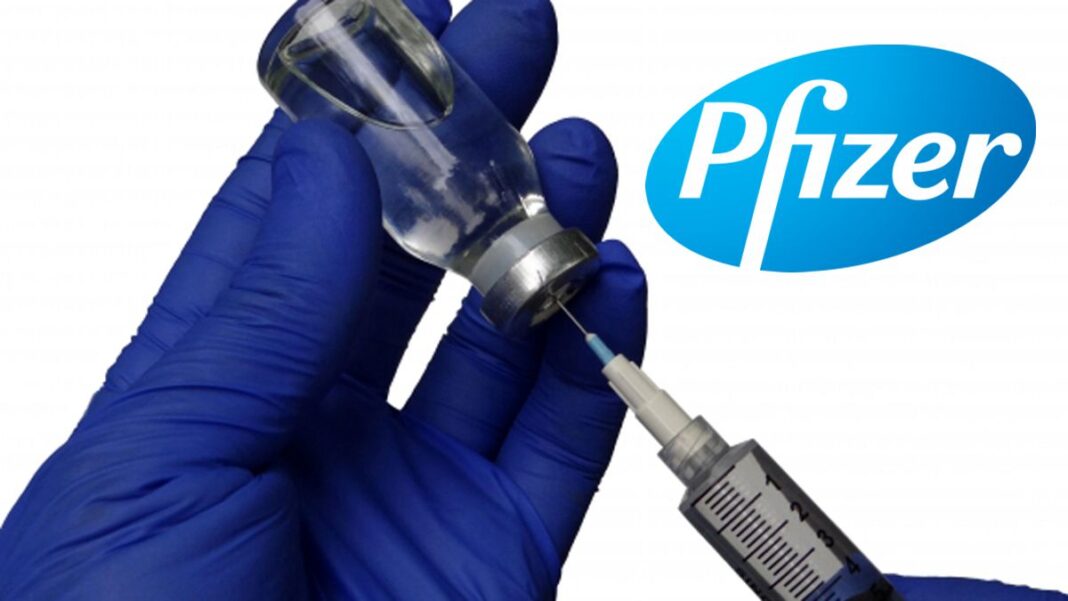The public was not made aware that COVID-19 vaccines contained enhancer DNA sequences from the SV40 virus known to cause cancer in lab animals.
Dr. Robert Malone, the inventor of mRNA and DNA vaccines, slammed health regulatory agencies for not informing people about potential plasmid DNA contamination in mRNA COVID-19 vaccines.
An Oct. 19 preprint study found billions of residual DNA fragments in mRNA COVID-19 vaccine vials. While billions of copies of spike, ori, and SV40 enhancer DNA were discovered in the Pfizer vaccine vials, Moderna vials were found to contain copies of ori and spike DNA. The SV40 virus is a DNA virus known to cause cancer in lab animals.
Talking about the study in a Nov. 10, 2023 Substack post, Dr. Malone said that plasmid DNA contamination in the vaccines is a “proven fact” that has been “acknowledged by the US FDA, Health Canada, and the European Medicines Agency.”
“In yet another clear breach of informed consent and labeling requirements, this was not previously disclosed to physicians, public health officials, or patients,” he wrote.
For instance, the FDA’s labeling guidelines require that vaccine labels must contain a description of “serious adverse reactions, potential safety hazards, steps that should be taken in the occurrence of a serious adverse reaction and potential safety hazard, and limitations in use imposed by them.”
Pfizer and Moderna COVID-19 mRNA vaccines “are contaminated with plasmid DNA fragments which have not been removed during the current manufacturing processes,” the doctor wrote. A plasmid is a strand of circular DNA that is common to bacteria and specific parasites.
Dr. Malone said that prior FDA guidance on DNA vaccine technology pointed to the presence of “highly active regulatory sequences as being of particular concern due to potential insertional mutagenesis (integration).”
The FDA’s 2009 “Guidance on Prophylactic DNA Vaccines: Analysis and Recommendations” states that concerns about plasmid DNA potentially integrating into the genome of the vaccine recipient and increasing the likelihood of issues like “malignant transformation, genomic instability, or cell growth dysregulation” were raised when DNA vaccines were initially introduced for clinical use.
It stated that a “tiny fraction” of the plasmids are expected to “integrate into the host genome, regardless of the method of delivery.”









